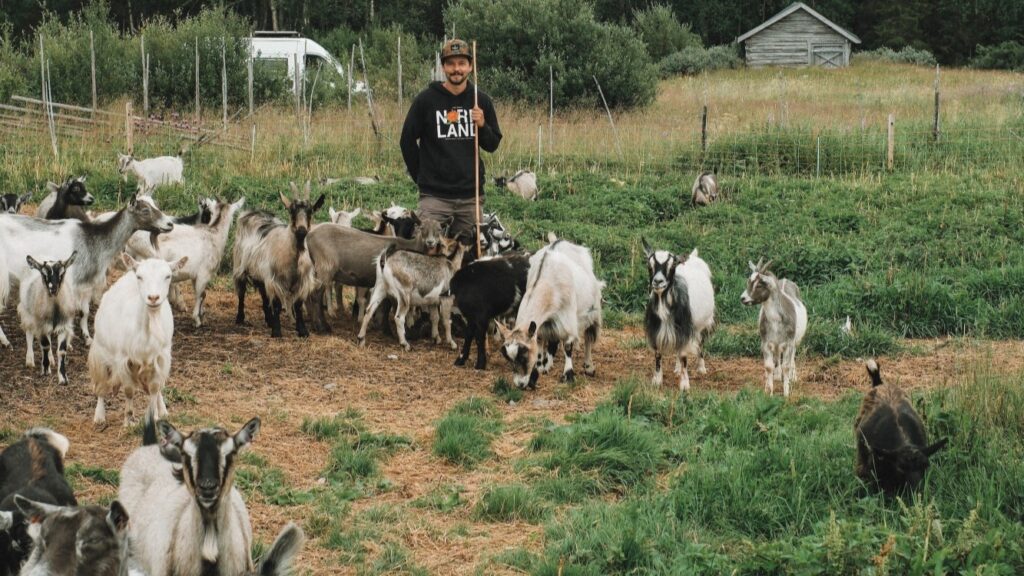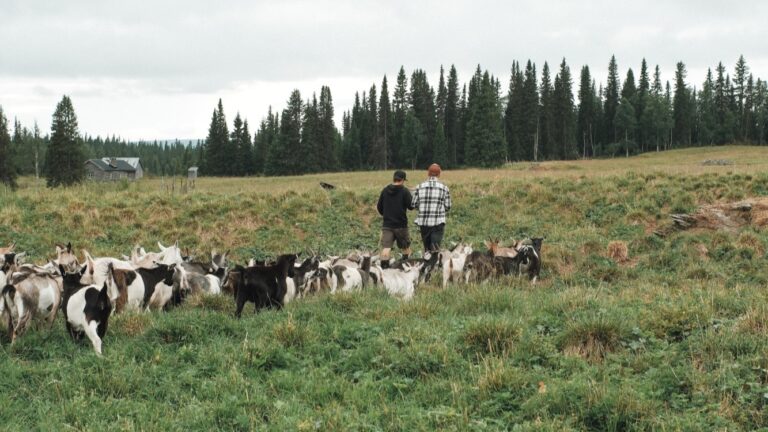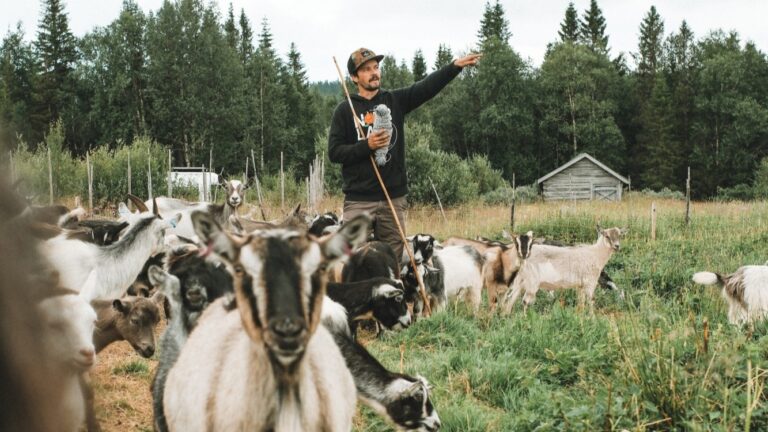Walk the land
You talk a lot about “walking the land”, which is interesting because this also comes up in our ASAPP project case studies. It might be hard to walk the land when you have a very large farm. Do you think that such practices are only applicable to smaller farms?
For me, the question is, why is it hard for you, as the person who stewards or manages the land, to be there every day? And it’s often because other tasks get prioritised. Often, we unlearn to walk the land, and we’re driving on the land, thinking, “this is good enough”.
What I realised is when you walk through your land – even if it’s just some parts of it, if it’s while changing the fence lines or while checking on your crops or whatever it is – you get a different relationship to your land, especially when you actually stand on the land and not drive through it, and you slow down. Because when you slow down, you also hear all the small animals coming back, and you notice things.
I think that’s why livestock farmers are closer to walking the land because they have to look after their animals twice a day, so they will at least go where the animals are twice a day. That does not mean that they walk the land, though.
Is it all the land? No, probably not. So, for me, to walk the land, it does not matter how big the farm is. I have friends that I talk to in South Africa – they have 50,000 hectares; in Australia, up to a million hectares. And they do walk the land – obviously not all the land – but they make that time a priority in their schedules: “I need to be out there to see what happens.”


